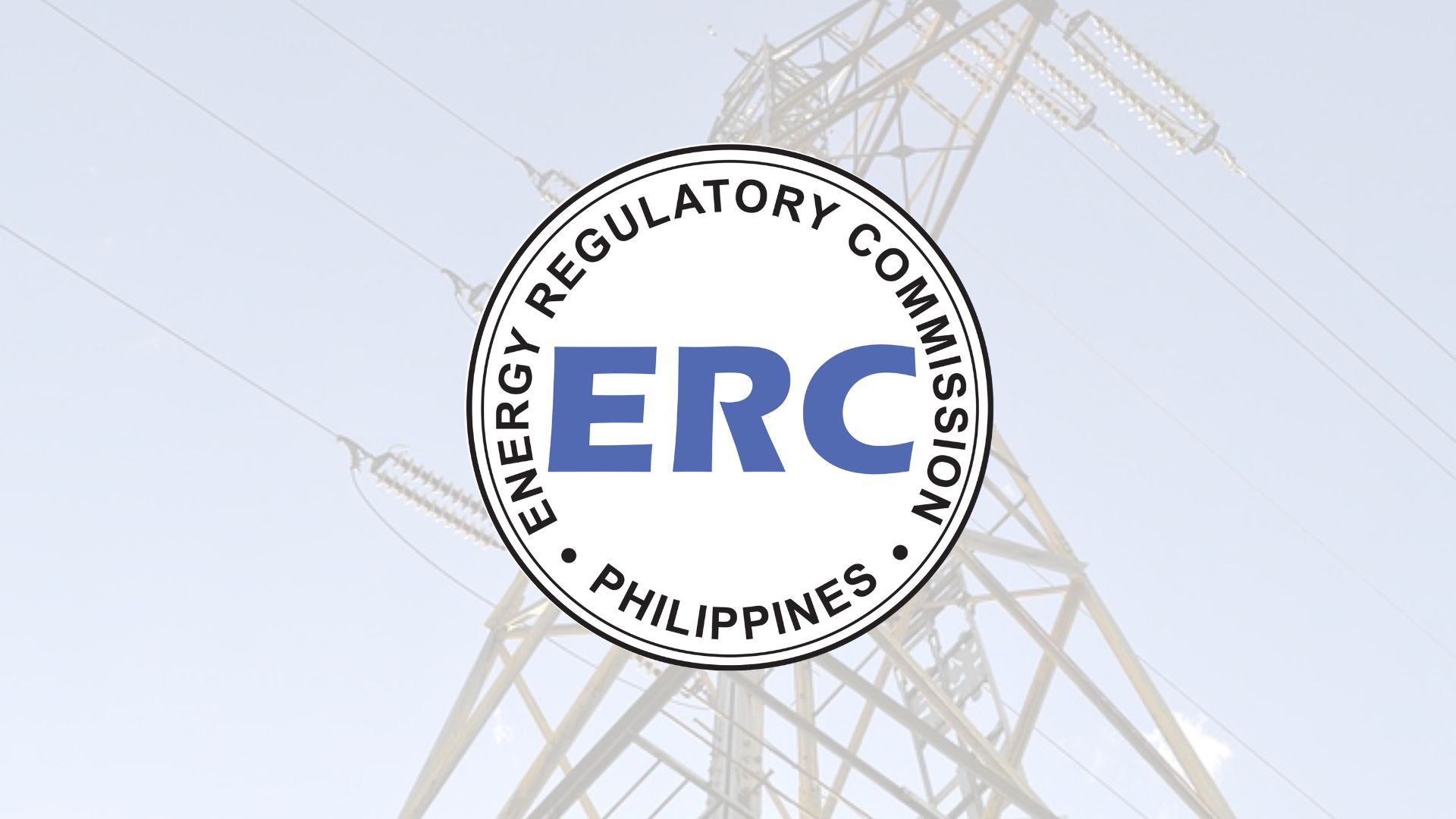Power Prices Normalize After Mid-2024 Surge, ERC Reports
- February 13, 2025
- 0

After a mid-year spike driven by higher coal prices and power outages, electricity rates in most parts of the country settled lower by Q4 2024, continuing a downward trajectory observed since 2023. The Energy Regulatory Commission (ERC) reports that the national average annual generation rate dropped by nearly 10%, marking a return to more stable pricing levels.
According to ERC data, the national average annual generation rate fell from PhP7.50/kWh in 2023 to PhP6.64/kWh in 2024. While still above pre-pandemic levels, this marks a significant adjustment from 2022’s peak of PhP8.00/kWh when global energy prices soared.
Power rates saw an uptick during the summer months of 2024, particularly in Luzon and Visayas, where temporary power shortages and rising coal prices drove up costs. However, prices declined by Q4, reflecting the easing of these pressures.
“The ERC continues to validate reports from over 120 distribution utilities nationwide to ensure that only just and reasonable costs are passed on to consumers,” said ERC Chairperson and CEO Monalisa C. Dimalanta.
Data from distribution utilities (DUs) and the Wholesale Electricity Spot Market (WESM) showed that all three major island groups experienced a decline in power costs in 2024. Mindanao saw the largest drop, with a 14.9% decrease in annual average generation rates. Luzon followed with an 11.7% reduction in electricity costs, while Visayas recorded a 7.3% decline in average rates.
However, regional disparities remain. While most of Mindanao benefited from lower power costs, BARMM saw a 14.6% hike in rates. In Luzon, off-grid areas in MIMAROPA faced a 15.7% increase, while Western Visayas experienced a 2.3% rise in generation charges.
The decline in electricity rates mirrors the drop in global coal prices, which remain a major factor in the Philippine power mix. The benchmark price of Indonesian coal fell from a record USD276.6 per metric ton (MT) in 2022 to USD121.5 per MT in 2024. Despite this, coal remains more expensive than pre-pandemic levels, which were below USD100/MT.
ERC data also highlighted regional price fluctuations, particularly during the dry season. Power outages and a weaker peso in Q2 2024 led to double-digit electricity rate increases in Metro Manila, Central Luzon, CALABARZON, and Bicol. In Visayas, Central and Eastern Visayas regions also saw higher rates by Q3, while Western Visayas recorded increases as early as Q2 2024. By Q4, rates stabilized, bringing prices back in line with—or below—start-year level
Despite the overall downtrend, ERC underscores the need for continued oversight of power supply procurement and least-cost dispatch of suppliers to prevent unnecessary price hikes.
“Diligence in power supply procurement and optimal dispatch of suppliers to ensure least-cost pricing are critical obligations of DUs to their captive customers. The ERC will continue to enforce its regulatory authority to ensure these obligations are upheld,” Dimalanta said.
With global energy markets stabilizing and renewable energy adoption increasing, the Philippine electricity market may see further price improvements. However, ERC warns that fuel price volatility, transmission constraints, and weather-related disruptions will continue to pose challenges in the years ahead.
For now, the return to lower and more stable electricity rates in late 2024 signals relief for consumers—offering hope that the worst of power price spikes may be behind us.
Do you think electricity rates will continue their downward trend, or will market forces push prices higher again? How can policymakers and industry players ensure long-term stability